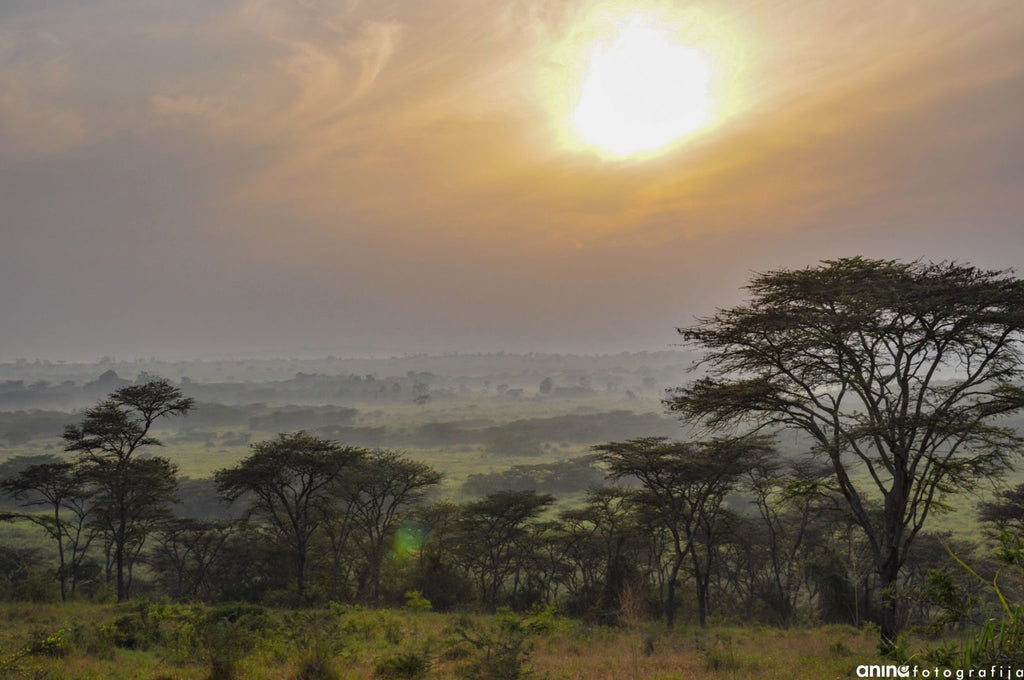Africa And Arabia
Posted by NAVEEN MUWAL

By most accounts, coffee originated in Africa. Legend has it that coffee was discovered around 800 AD when an Ethiopian goatherd, Kaldi, noticed his herd dancing from one coffee plant to the next, eating the red, coffee cherries. Kaldi tried a few himself and was soon dancing with his goats under its wonderful influence. In Arabia from about 1000 to 1600 AD, the coffee traditions we now share began to take shape. Arabia took great efforts to protect and control the production of coffee. No viable seeds were allowed, and all were made infertile before being exported. It was not until the 17th century that coffee seeds were successfully transported out of the Arabian peninsula. Here again, legend has it that Baba Budan, an Indian, left Mecca with fertile seeds strapped to his belly. This would mark the beginning of coffee’s proliferation throughout the world to the growing regions we know today.
There are numerous growing countries in Africa and the Arabian Peninsula; however, some of the finest coffees come from Ethiopia, Kenya, Tanzania and Yemen.
Ethiopia

Harvest - October thru December 2010 Arabica Export Production = 3,324,032 60kg bags
Within Ethiopia, there are three main growing regions – Harrar, Ghimbi and Sidamo (also known as Yirgacheffe). Almost all coffee in Ethiopia is cultivated on small farms with the exception of some larger, government run estates. Ethiopian coffees are mostly grown under shade and with little to no use of chemicals.
Ethiopian Harrar hails from the eastern part of the country and is dry-processed. They are labeled Mocha or peaberry, longberry or shortberry.
Ghimbi is in the western part of the country. These coffees are wet-processed.
Ethiopian Yirgacheffe or Sidamo is considered to produce some of the finest coffees in the world.
Kenya

Harvest - October thru March 2010 Arabica Export Production = 536,683 60kg bags
Kenyan coffee is widely acclaimed. It is grown mostly in the area south of Mount Kenya towards the capital, Nairobi, where it is auctioned every Tuesday during the harvest season. The auction system is relatively unique and has done much to propel a focus on quality, creating a direct link between quality and price. The result is some of the finest coffees available at a fair price. Kenyan coffee is also unique in its grading system. AA is the largest with the smaller, lesser grades labeled A and B.
Tanzania

Harvest - October thru February 2010 Arabica Export Production = 414,508 60kg bags
Tanzania is most well known for the peaberry. Instead of the coffee cherry pit being comprised of two flat-sided beans, the pit is one, rounded bean known as the peaberry. Tanzanian coffee is mostly grown on Mount Kilimanjaro and Mount Meru and is wet processed. Coffee is graded using the same system as in Kenya: AA, A and B with AA being the largest bean size and the highest quality.
Yemen

Harvest - June thru December 2010 Arabica Export Production = 18,158 60kg bags
The coffee traditions of today originate in Yemen, home of perhaps the most historically popular coffee in the world, Mocha. This name was originally an indication of the port in South Yemen from which much coffee was exported. As such the word “Mocha” was commonly added to Arabian coffee names. The port no longer exists since a sandbar closed the inlet. A true Yemen Mocha is grown in the central mountains of the country and dry-processed. Five hundred year old traditions still dominate to produce very special coffees. Yemeni coffee is also part of the first recorded coffee blend - Mocha Java. The two most popular coffees at the time; Mocha number one and Java from what is now Indonesia second. Recently, the term “mocha” has been appropriated for chocolate-flavored, blended coffee drinks which is in no way connected to the historic coffee traditions of Yemen.
TAGS:

 Longbottom Coffee & Tea
Longbottom Coffee & Tea